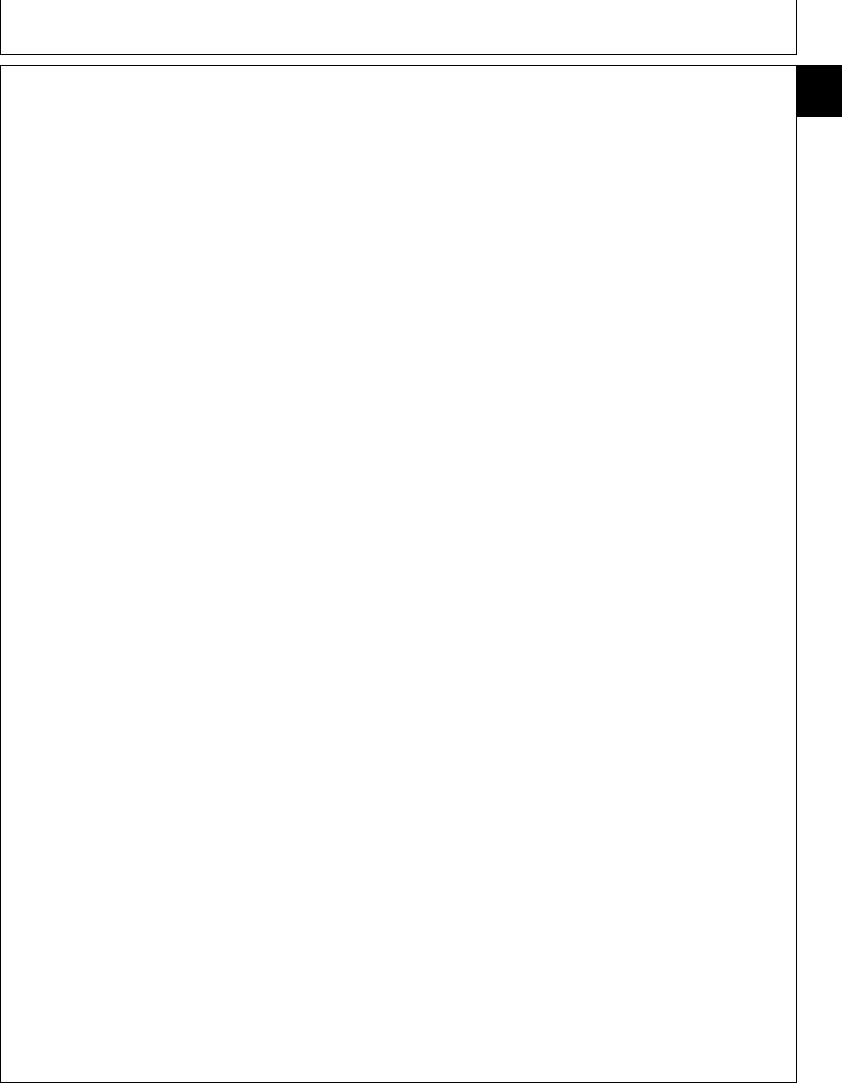
TM 5-3805-280-24-2
Engine System Operation and Tests
105
Damaged or incorrect radiator, fan, or shroud.
13
Obstructed air flow or coolant flow.
Worn or slipping belts.
Damaged or incorrect pressure cap.
Presence of oil in coolant.
Low coolant levels or Improper coolant.
Unusually high or low oil levels.
Oil degradation, dilution, or contamination.
Correctly specified injection pump.
Indications of fuel or timing adjustments.
Unburned fuel or coolant in exhaust system.
2. Obtain coolant and oil samples for further analysis.
3. Start and warm up engine if it can be safely operated.
Examine all potential leakage areas again as outlined
previously. Using appropriate test and measurement
equipment, check for the following:
White smoke, excessive raw fuel, or moisture in
exhaust system.
Air bubbles, gas trapped in radiator/overflow tank.
Loss of coolant from overflow.
Excessive cooling system pressure.
Coolant overheating.
Low coolant flow.
Loss of cab heating (air lock).
4. Shut engine down. Recheck crankcase, radiator, and
overflow tank for any significant differences in fluid
levels, viscosity, or appearance.
5. Compare your observations from above steps with the
diagnostic charts on the following pages. If diagnostic
evaluations provide conclusive evidence of combustion
gas, coolant, or oil leakage from head gasket joint, the
cylinder head must be removed for inspection and
repair of gasket joint components.
COMBUSTION SEAL LEAKAGE
Symptoms:
Exhaust from head gasket crevice
Air bubbles in radiator/overflow tank
Continued on next page
RG,105,JW7657 1921NOV972/4
13-490

